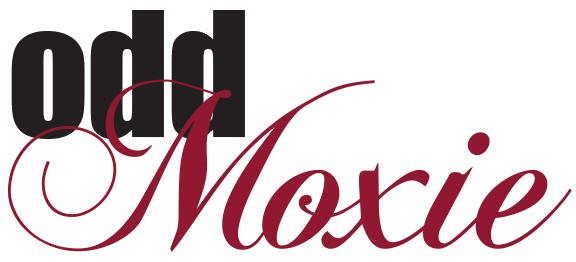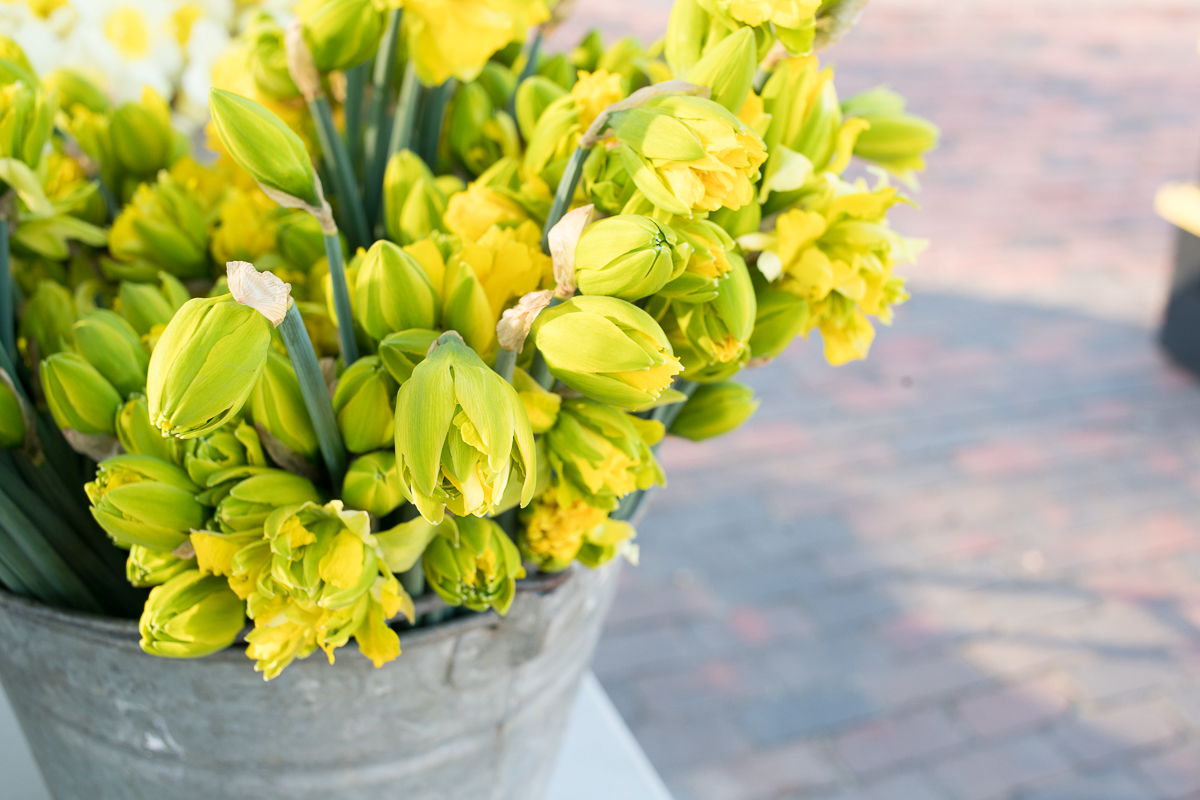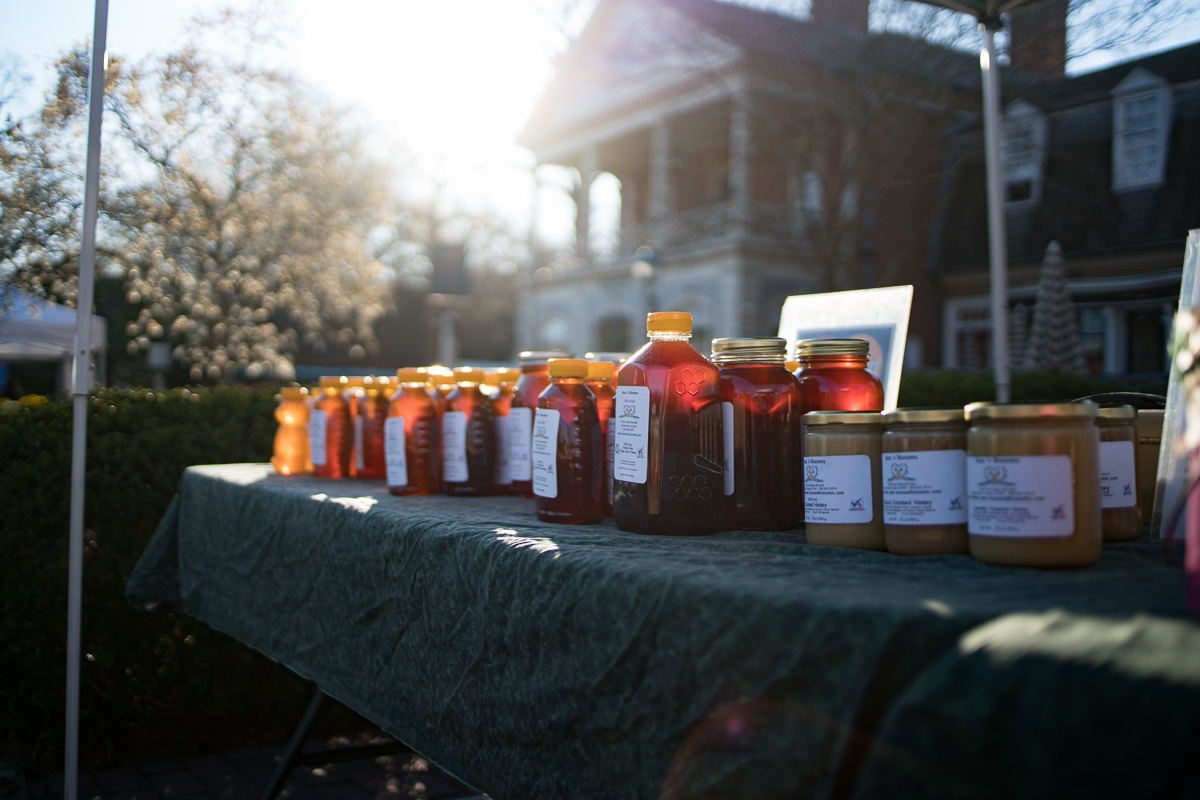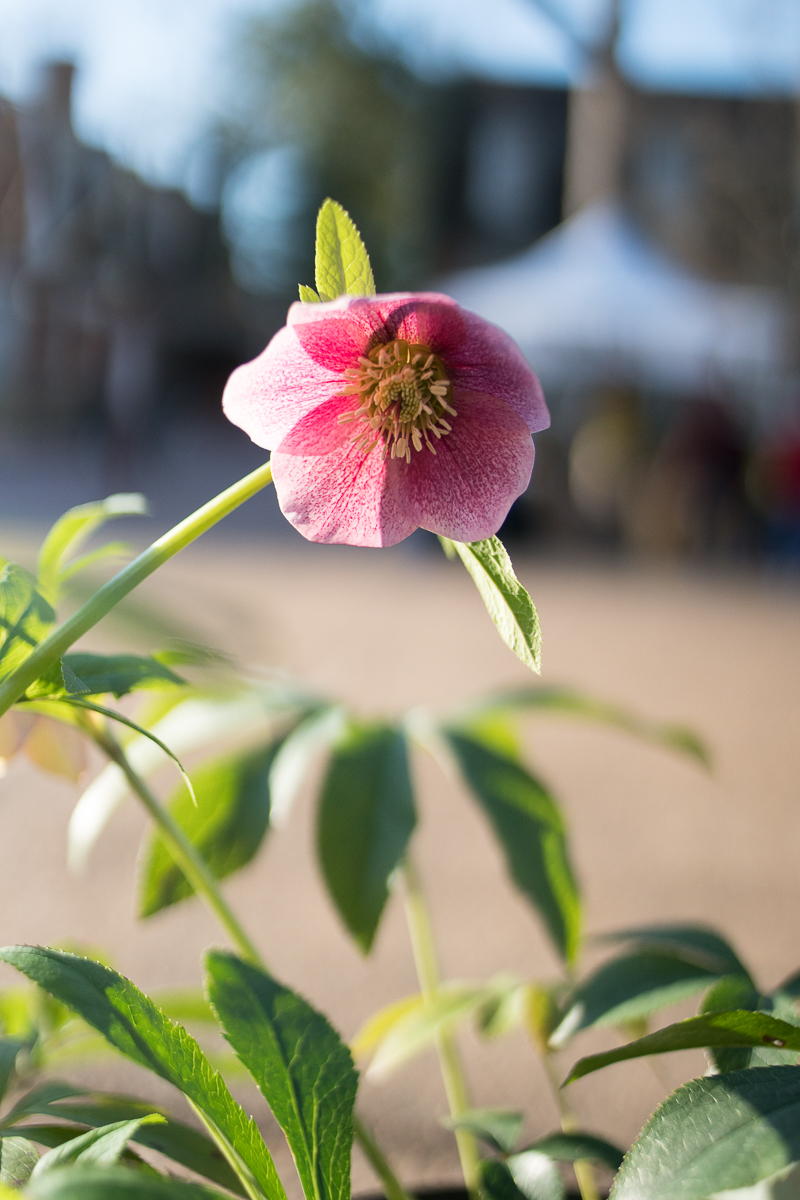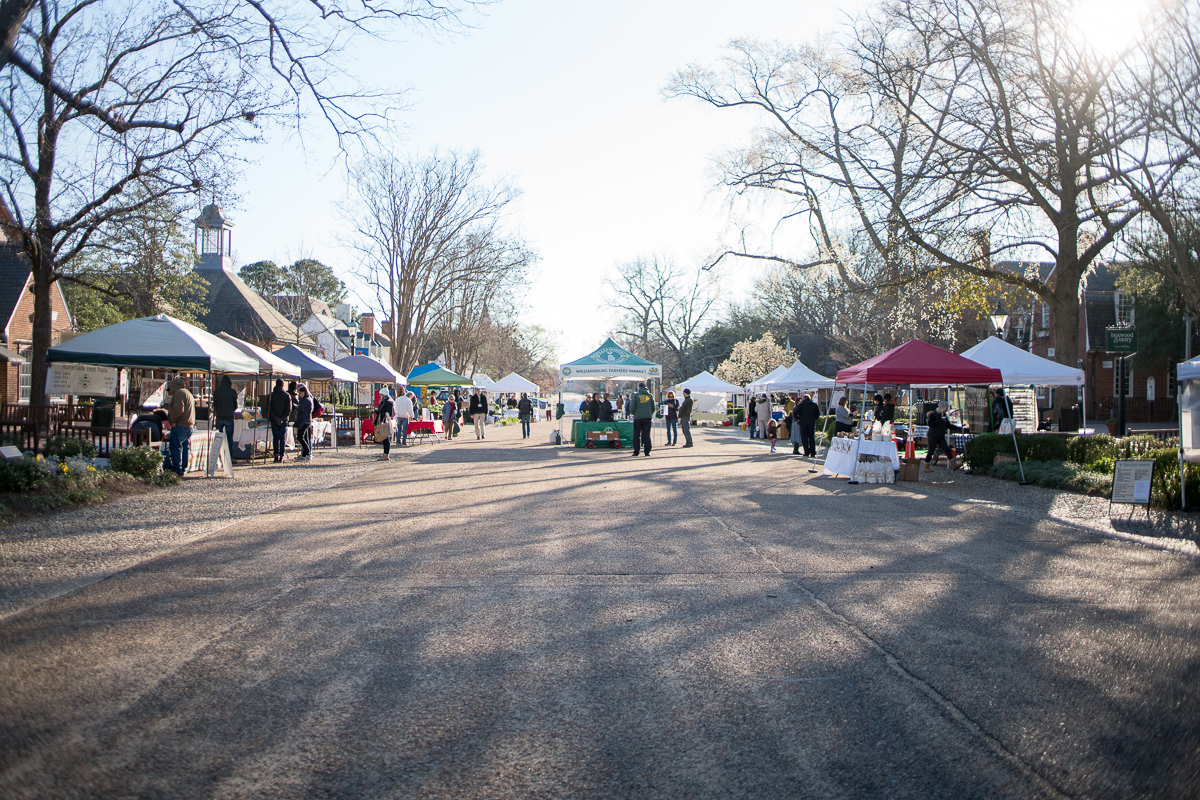Playing with the Sony A7RII
Playing with new gear is a great way to stretch creatively. New equipment can interrupt the autopilot systems we have in place when we pick up our “daily driver” camera. I would never take gear I hadn’t used out to a client shoot, but it's great fun to experiment and play on my own time. And sometimes I discover a new or interesting way to work that brings a fresh perspective to client work.
In light of keeping the creative muscle strong and flexible, I rented the Sony A7RII and I spent the weekend playing with it.
First thing, it takes a lovely photo.
Some of that is the glass I mounted on the front (don’t cheap out on your lenses, it never does you any good.) I had a range of quality lenses to play with all connected by a Sony E to Canon EF adaptor. The Tokina 11-16mm (super wide) was fun, but ultimately impractical for what I like to shoot. I also threw the Canon 70-200mm on the body. I would have thought to would have made the camera feel like it was going to rend itself in half since it's such a big lens, but really, the Sony is has a sturdy body and the physicality of the whole thing worked well.
Ultimately I found myself just leaving the Canon 35mm on for a more compact, on-the-go, experience with the camera. It was agile, which is a great change from my regular rig.
Second - it can have an entirely silent shutter, which would be great on set. I did find the shutter button to be enthusiastic and I got two or three shots for everyone I intended to get. Again, that might be what I’m used to.
This camera would be perfect for someone who likes to do street photography or someone who is used to setting up a shot in their phone. It would also work well for someone who’s mobility isn’t what it used to be. The display on the back of the camera is large and pivots out so you can hold the camera low or high, and still angle the screen so you can set up your shot. I found I spent much of the time with the camera putting it in strange positions without having to guess if I got the shot or contorting my body to look through the viewfinder.
As for the viewfinder, it’s digital, and I didn’t like the way it looked. Compared to the viewfinder I usually look, though (on a traditional mirrored DSLR) I found it to be grainy, unsatisfying, and hard to make sure I had it my focal point or exposure. Because of that, I found myself using the back display which gave me a very different physical experience with the camera.
This was a fun rig to play with, and my family has been on the hunt for a good vacation/adventure camera. This one might be it. It takes video (Ryan will be happy), the camera is responsive and still gives you control over your shot, all while being compact and portable. A big difference from my (exceptionally well loved and used) Nikon 700 with a battery pack and either the Nikon 24-70mm or the Sigma 70-200mm strapped to the front. (It's a bit of a beast, but it takes a hell of a photo.)
